97 years ago one of the most famous women in the world was born. She wasn’t a movie star or a political figure or an artistic phenomenon. She wasn’t an athlete or a poet or a musician nor a doctor or a scientist or a spiritualist. She didn’t even have a face in the beginning – she was just a voice and a pretty, handwritten signature. She called herself Betty and when she signed her name she wrote it out completely… Betty Crocker.
In the 1920’s, Betty came alive as a spokesperson for the Washburn-Crosby Company, a Minnesota-based milling factory that rose to fame for their Gold Medal flour brand. Betty signed off on letters written into the company asking for baking advice which in turn naturally led to general household advice, quickly establishing herself as an authoritarian presence on all domestic issues.
By the 1930’s, Betty became even more familiar to Americans as her voice was launched into households across the country via the radio. With her program, Gold Medal Home Service Talks (which would eventually be called the Betty Crocker Cooking School of the Air) she discussed various culinary tasks like how to make husband’s favorite dinner or how to whip up homemade lemon pie for 15 people. Here’s a clip from a holiday episode where she features sweet treats that the whole family will enjoy…
Because of her wise words, handwritten signature, and engaging radio personality, everybody believed in Betty. They formed a deep attachment to her as a real champion of the cause for good housekeeping and enjoyable cooking endeavors.
By 1945, Betty became the second most recognized woman in the world trailing just behind Eleanor Roosevelt, and when the 1950’s and 1960’s rolled around Betty was a regular face on television, hosting cooking shows, appearing in commercials and making guest appearances. To millions of Americans, Betty was a real-life person just like them.
Only she wasn’t.
It was true that in the very beginning Betty was nothing more than a figment of the imagination. A creative marketing concoction whipped up by a Washburn-Crosby executive in order to sell some flour. But behind Betty’s make-believe identity stood some very remarkable real-life women who helped build an authentic character. It was their efforts and their abilities that made Betty the national treasure she became.
Back in the early hand-written signature days, Betty replied to various questions about cracked cake tops, burnt pie crusts, and budget-friendly meal planning. The real-life woman doling out solutions on behalf of Betty was Marjorie Child Husted, the company’s field rep in home economics. Marjorie established the original writing voice of Betty Crocker… the tone, the phrasing, the kind counsel that made readers feel like Betty truly understood their needs.
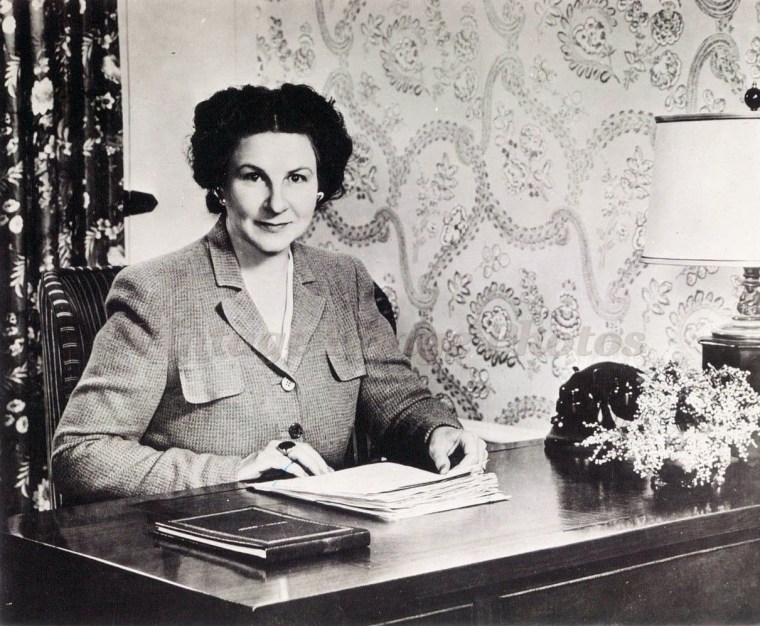
Marjorie studied education in college, so she knew how to teach people. She worked as a Red Cross nurse during WWI so she knew how to treat people with an appropriate amount of kindness and compassion and she had experience in business working for a well-known pasta brand before she went to work at Washburn-Crosby, so she knew how to talk to industry consumers. It was the trifecta of the three T’s – teach, treat and talk – all of which Marjorie creatively instilled in Betty, so that when questions were answered via mail about cracked cake tops it sounded as if Betty herself had experienced a similar issue and had just figured out a crafty yet easy solution to the problem. Soon so many letters with so many questions were coming in daily, Marjorie had to set up a staff of employees to tackle all the correspondence. America was smitten.
When Betty spoke on the radio, her voice was at first, Marjorie’s voice. But Marjorie had a lot to do – managing the correspondence staff, writing the radio scripts and training workers in Betty’s style of communication. So company home economist and recipe tester Agnes White Tizard stepped in to portray Betty on air and stayed there for 20 years.
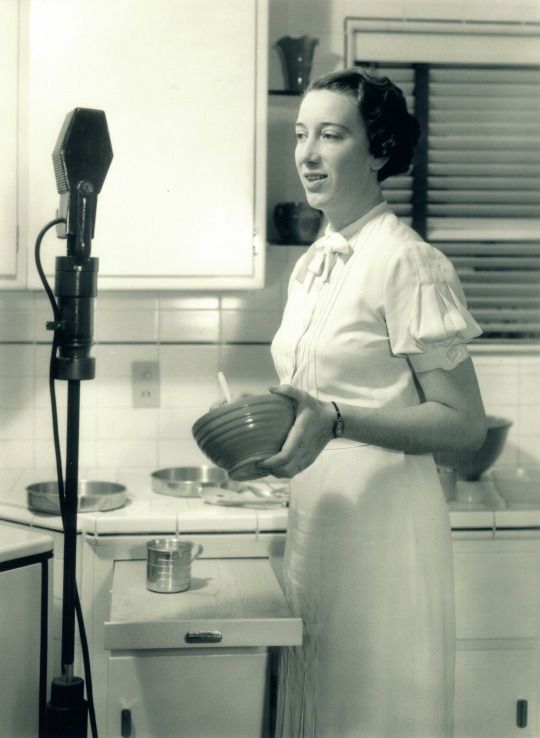
In 1936, celebrated illustrator Neysa McMein gave Betty her first-time face…
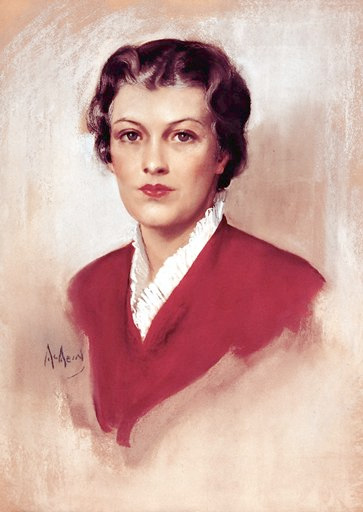
From the very beginning, it was decided that Betty was going to be an everywoman – a typical reflection of the values and traditions held in regard by most American women. Betty was friendly and helpful. She was a comforting and reassuring presence in the kitchen and a trusted role model with attainable skills that all women could assimilate if they followed her lead. In order to achieve this everywoman persona visually, Neysa studied the faces of the female employees working at Washburn-Crosby’s newly renamed corporation, General Mills. Combining their features just like you would combine ingredients in a cake, Neysa adapted a little bit of this skin color, a little bit of that eye shape, a pinch of this hairstyle and a smidge of that cheekbone, etc, etc. until the “official” first portrait of Betty Crocker emerged.
Ironically, as the artist commissioned to paint Betty’s portrait, Neysa McMein, was anything but typical. She lived a life far removed from the traditional role that most women possessed in the early years of the 20th century.
She was a bohemian in all ways – changing her name from the practical Marjorie Frances to the exotic Neysa, attending art school, establishing a sought-after creative career, traveling internationally in support of war efforts and women’s rights, developing friendships that swam in prominent literary circles, and participating in an open marriage with lovers on the side that included Irving Berlin and Charlie Chaplin.
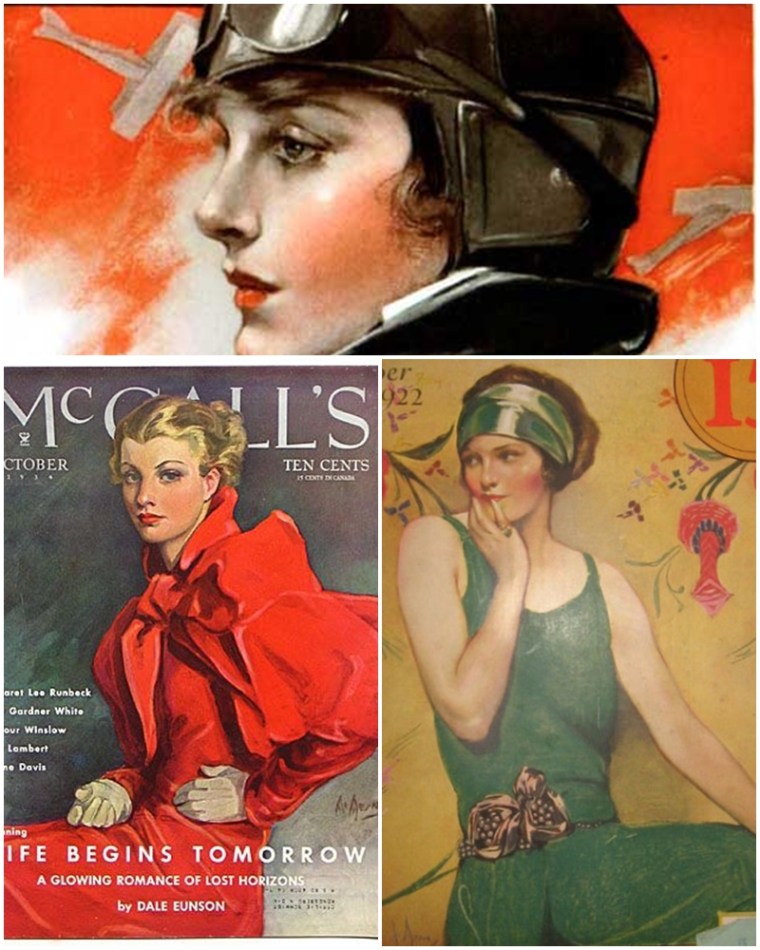
Neysa was a lively conversationalist, a natural gatherer of people and a free spirit known for hosting fun parties with an eclectic mix of guests in her art studio. She was also one of the most well-regarded female illustrators of her generation, working prolifically for her entire career. Neysa was an “it” girl in the art world while Betty was an “it ” girl on the home front. Together the two made an indelible mark.
For 19 years Neysa’s depiction of Betty loomed large over the General Mills brand and was the image that came to mind when people around the world discussed their culinary pal, Betty Crocker. Outliving Neysa by six years, Betty’s image didn’t get an update until 1955 when she was modified by artist Hilda Grossman Taylor (1891-1967) to reflect the style, attitude and values of a typical mid-century woman…
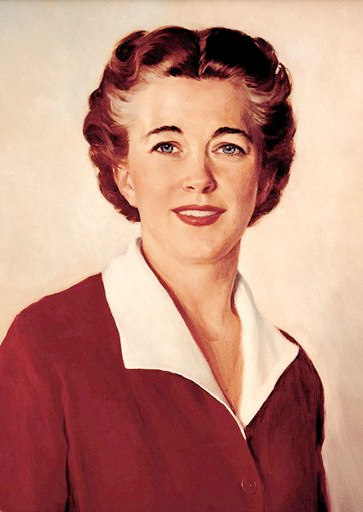
But by the time this new image of Betty was introduced, more people knew the face of Adelaide Hawley Cumming than Betty’s updated portrait. Adelaide played television Betty in commercials, featured guests appearances and as a cooking show host from 1949-1964. Here is Adelaide as Betty in a 1950’s cake mix commercial…
Adelaide came from the Vaudeville singing scene and was a popular radio show host before she became the on-screen presence of Betty Crocker. For 15 years, General Mills kept Adelaide and Betty busy, introducing special cooking segments on popular nighttime comedy shows as well as hosting her own cooking programs, The Betty Crocker Show, Bride and Groom and Betty Crocker Star Matinee.
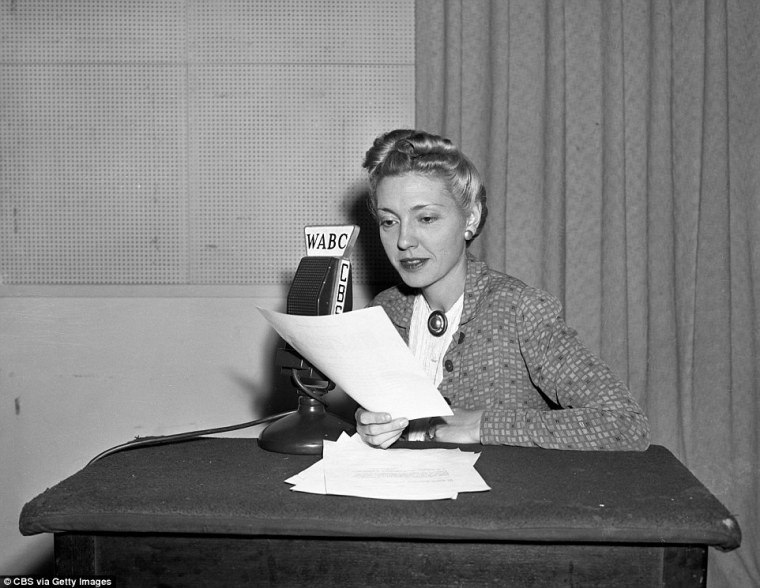
Originally inspired to be an opera singer, Adelaide worked in broadcasting for 35 years focusing particularly on stories surrounding women’s issues and strong female figures of history. Like Marjorie, Neysa and Agnes, Adelaide was an educated career woman who championed female empowerment and education. After she was let go from General Mills in the mid-1960’s, considered no longer a sophisticated enough image to portray Betty, Adelaide went back to school to teach English as a Second Language and continued that career path up until just days before her death at the age of 93.
What is interesting about these four women and their formation of the character that became the famous Betty Crocker, is that they were all incredible, independent role models in their own right before they had a chance to make their mark on an indelible kitchen icon. By the time the opportunity of building Betty came about, their seasoned professionalism enabled them to mold this fictitious character of Betty Crocker just like a wise mentor guides a young protegee. By securing a valid connection between Betty Crocker and her customers they managed a relationship that lived not only through their present generations but then continued into our present generation today. That’s pretty spectacular!
None of these four women were the typical stay-at-home example of happy housewife and perfect domesticity that Betty represented. They were all career women reaching their own dreams and aspirations independent from family, home and husbands. Marjorie and Agnes added their real-life sense of competence and confidence to the voice of Betty, Neysa lent her glamour and sophistication and Adelaide brought professionalism, conviviality, and validity to a spokesperson who could have easily felt outdated as the years progressed. Betty herself may have been a fantasy but she was built by real people for real products. In the 1940s, when rumors first started to spread that Betty wasn’t a real person, some people felt hoodwinked by the Betty Crocker brand, but most people didn’t care. They loved Betty for what she represented and for the undisputed help she gave them in the kitchen. It’s not important that Betty wasn’t real. She was raised by real women and that’s really all that matters.
Cheers to our four ladies, Marjorie, Agnes, Neysa and Adelaide for their efforts in building one of the most prolific brands in the history of the American food industry. And to Betty, who continues what these women started.
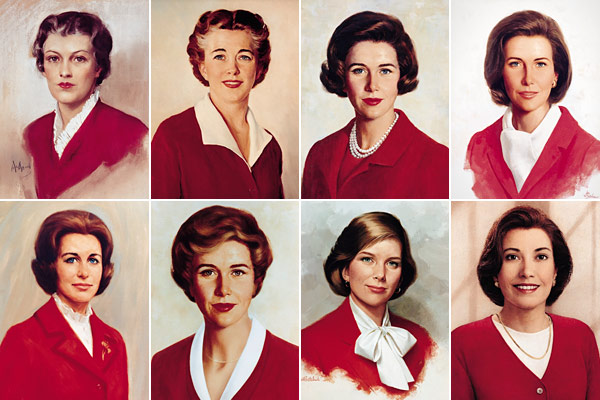
Interested in learning more about the recipes of Betty Crocker? Find some of her vintage cookbooks, like this one here, in the shop…




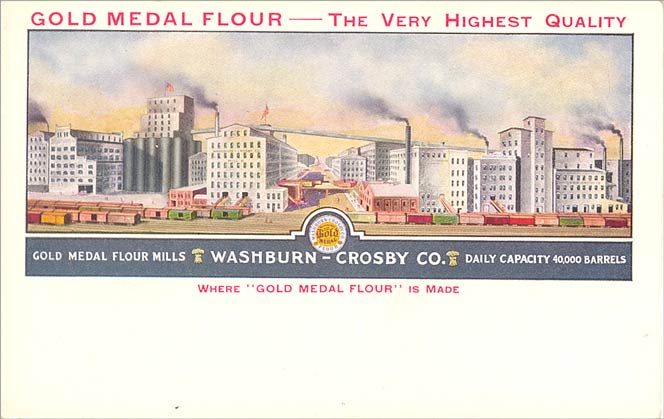
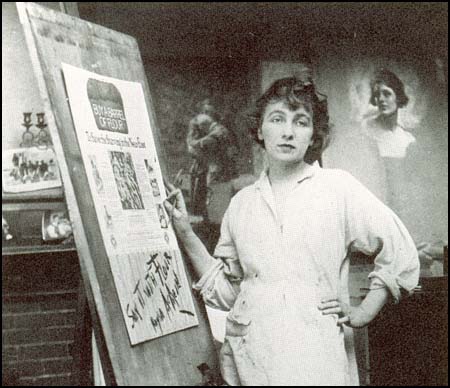
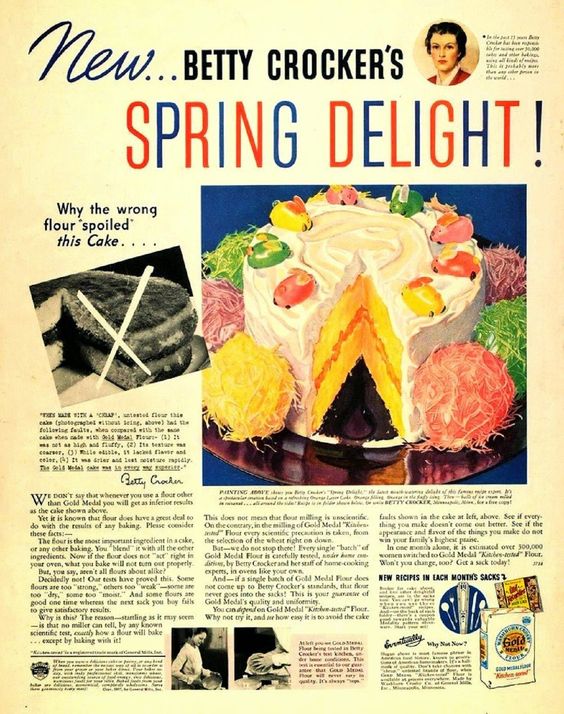

Great post!
I love the vintage adds.. and I never knew Betty was just a pen name..
LikeLiked by 1 person
So glad you like the post and the ads. There are a few really great downloads available online of some of Betty’s complete radio show episodes (especially during the war time years) that really transport you back to another era. It was really fun to get caught up in that time period for a little bit!
LikeLiked by 1 person
Thanks for the info, I love vintage 🙂
LikeLike
Whoknew! It took a village to be Betty Crocker!
LikeLiked by 1 person
It so funny you say that about the village. That was almost the title of the blog post! And indeed it was very true:)
LikeLike
I had no idea! I’ve been hoodwinked but don’t much care. I love her anyway even if she is as real as the Tooth Fairy.
LikeLiked by 1 person
Oh I know it! Sometimes it’s just nice to believe in something whimsical. If there was one thing Betty (and the ladies) did consistently it was to promote the fun aspects of cooking. Who would want to ever want to get upset about that?! Glad you enjoyed the post!
LikeLike
Absolutely fascinating. I had no idea that so much went into the making of the Betty Crocker character. Thank you very much for the article and for making me aware of artist Neysa McMein.
LikeLiked by 1 person
So happy you enjoyed it Anna and that you learned something new!
LikeLike
Betty is a lot like Santa, real in spirit even if not really real. I knew she wasn’t a real person but it was just so interesting to read about the real women behind her–and the contrasts in their lives and the Betty they created!
LikeLiked by 1 person
She is like Santa! Love that comparison. So glad you enjoyed the post!
LikeLike
Thanks for sharing! I had no idea!
LikeLiked by 1 person
So glad you learned something new!
LikeLiked by 1 person
Really interesting! Thanks for the post!
LikeLiked by 1 person
So glad you enjoyed it!
LikeLike
I LOVE this post! I really enjoyed learning about the wonderful women who brought Betty Crocker to life – I grew up with Betty Crocker cookbooks and spent a good portion of my childhood and teenage years obsessively reading them and drooling over the photos of desserts, but I never knew any of this! What a fantastic, in-depth look at the fictional Betty Crocker and the real life women behind her! 🙂 Thank you so much for this post!
LikeLiked by 1 person
Oh Emily! Thank you so much for popping in to say hello and to share your experiences with Betty. Just like you, Betty’s cookbooks were a staple in our house too. Our most favorite Betty cookbook was the1950’s edition that my mom received as a wedding gift. The whole family used it so much over so many years by the time I was baking with it, it had to be held together with rubber bands and tape. My mom still has that one – a definite family treasure! So glad you enjoyed the post and happy to hear that you find Betty, and the ladies, as fascinating as we do!
LikeLiked by 1 person
What fun!
LikeLike
Thank you! I think it’s fascinating that even today people still don’t realize that Betty wasn’t a real woman. Lots of genius’ made that possible:)
LikeLike